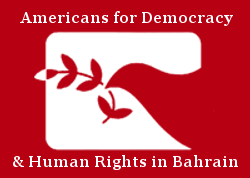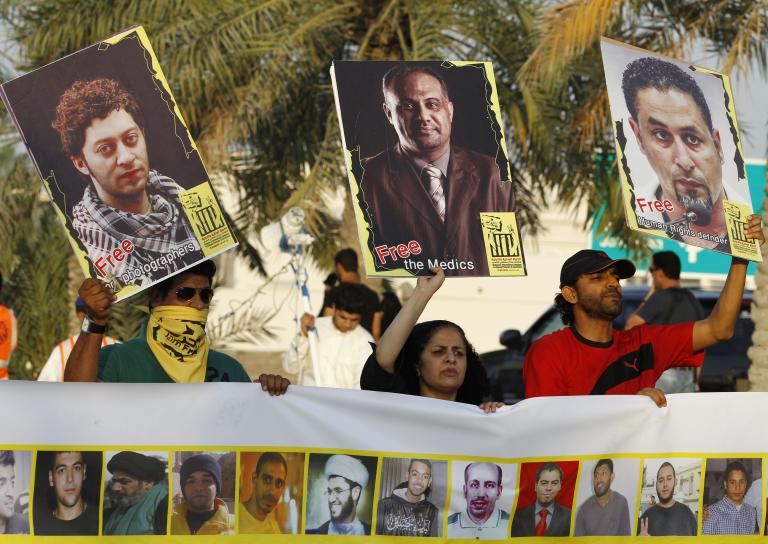On Sunday February 14, Bahraini authorities arrested four American journalists including Anna Therese Day during the protests that marked the fifth anniversary of the 2011 mass pro-democracy uprising. Bahraini authorities detained them “as a result of their involvement in criminal acts, and because one was concealing his face at the time of his arrest.” Authorities said the four were “suspected of offences including entering Bahrain illegally after they submitted false information to border staff, and participating in an unlawful gathering.” Bahrain later released the journalists.
The prompt release of the American journalists stands in stark contrast to the way Bahrain treats its own journalists and political and human rights activists. A pattern of detaining foreign journalists in Bahrain is common, but for the most part, like the Americans, these foreign journalists are usually released or deported relatively quickly. On the contrary, Bahraini journalists face tight laws regarding their work and freedom of speech. Because “journalism is a crime in Bahrain,” many Bahraini journalists have spent years in jail for reporting critically on the government. According to the Committee to Protect Journalists (CPJ), there currently seven journalists imprisoned in Bahrain and the country is “one of the worst jailers of journalism in the Arab world.” Whereas Bahraini authorities released Anna Day after one day, prominent blogger Abduljalil al-Singace has been imprisoned since March 17, 2011. Bahraini authorities have also jailed photographer Ahmed Humaidan for 10 years on December 29, 2012. These are just two of many imprisoned journalists. “The American journalists now get to go home, thanks much in part to a tremendous international outcry. But for the Bahraini journalists who remain behind bars, who will speak out for them?” says Jason Stern, CPJ’s senior researcher for the Middle East and North Africa.
Tyler Pry is an Advocacy Intern at Americans for Democracy & Human Rights in Bahrain
Photo courtesy of Reuters





